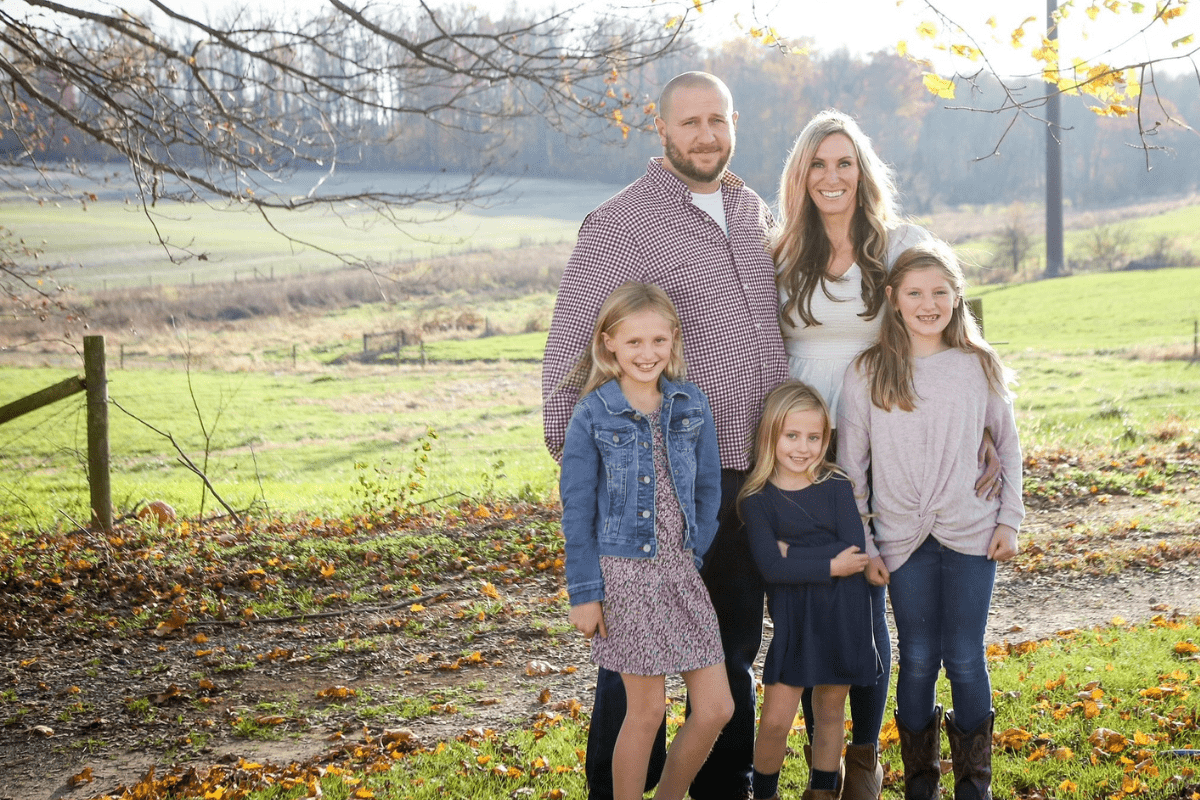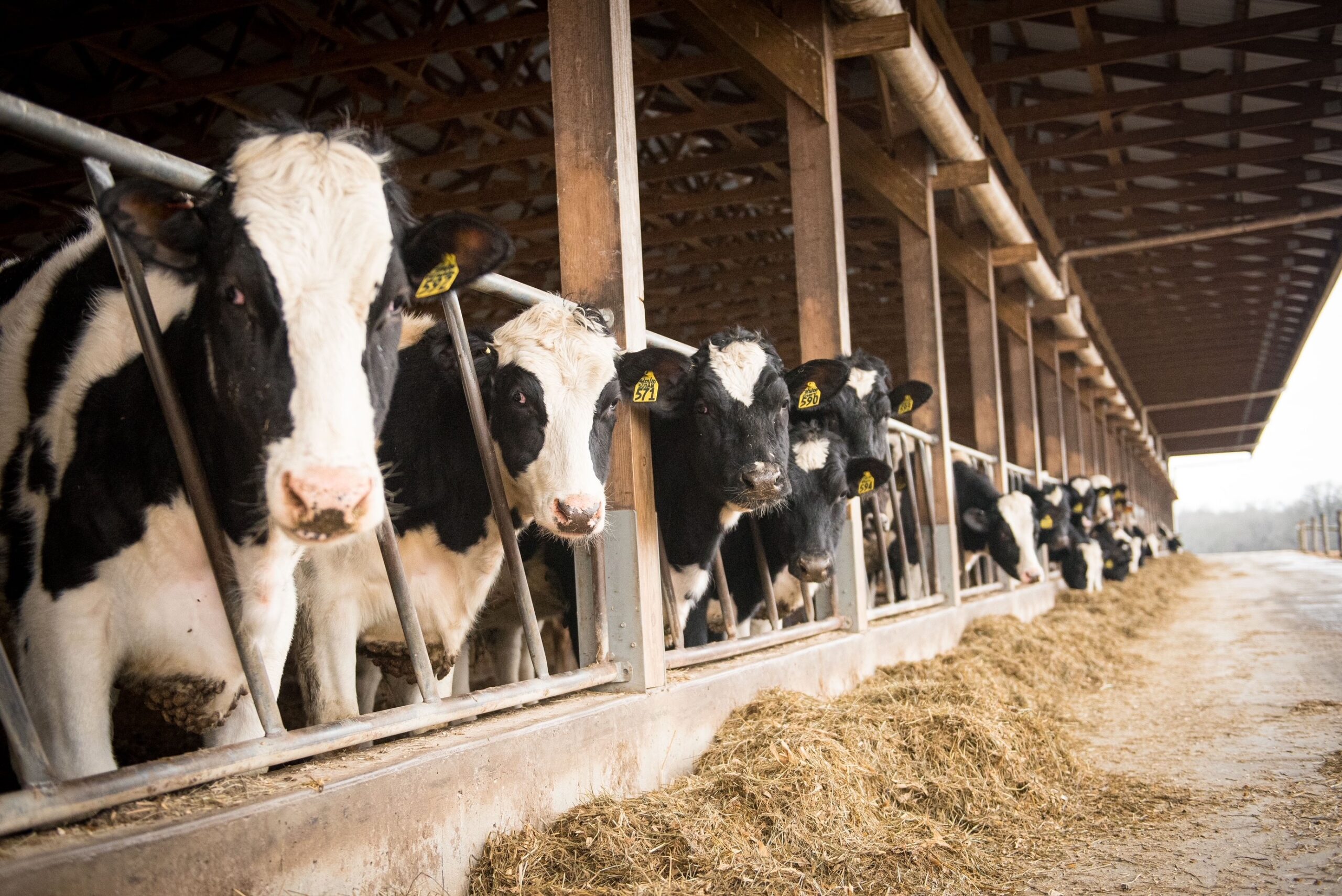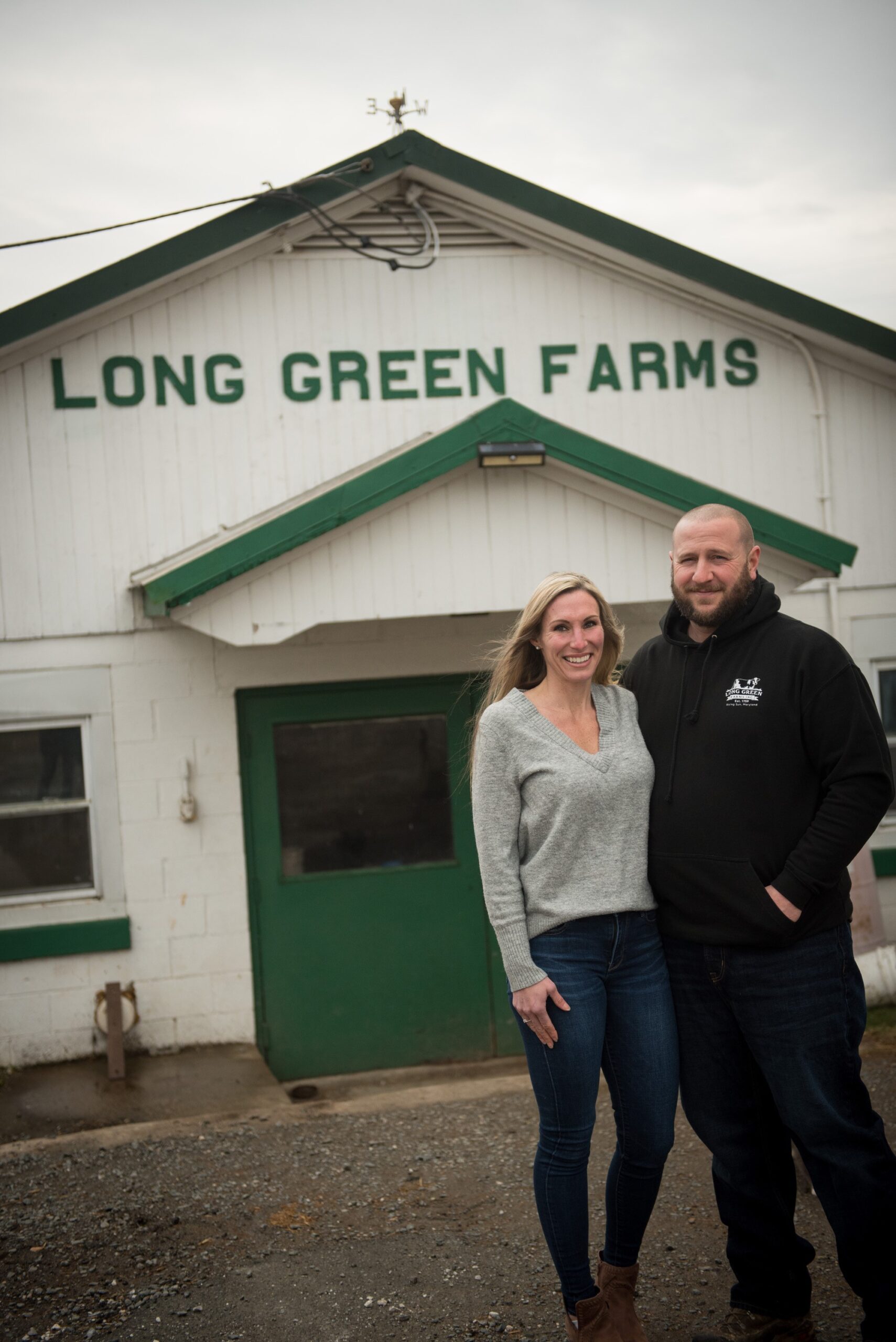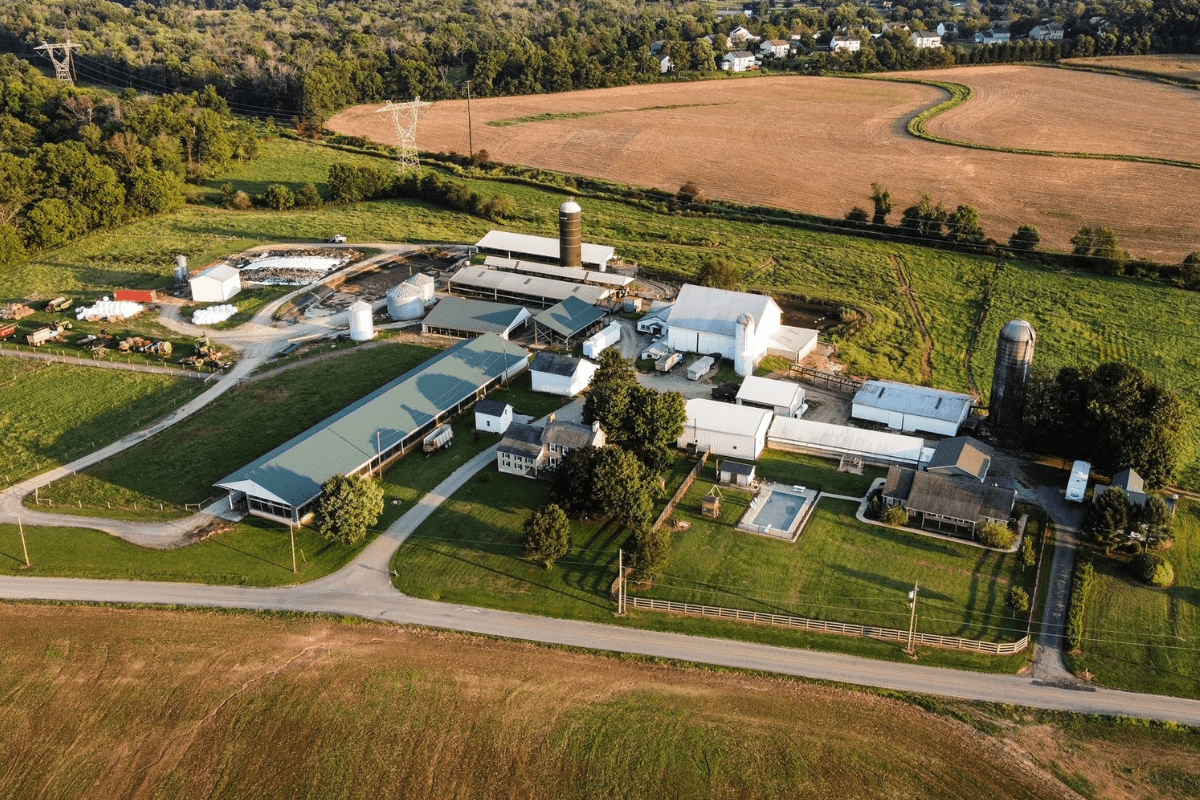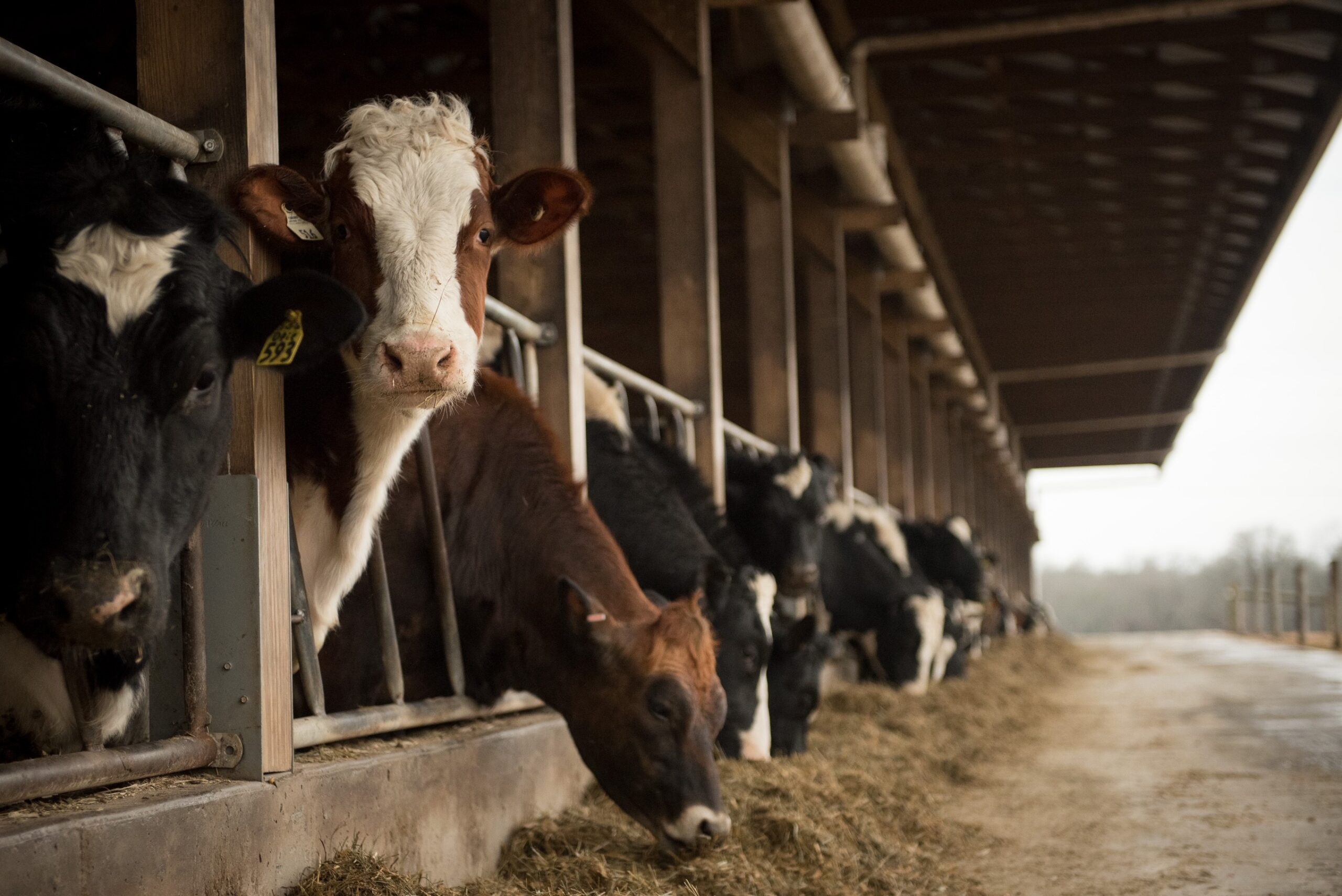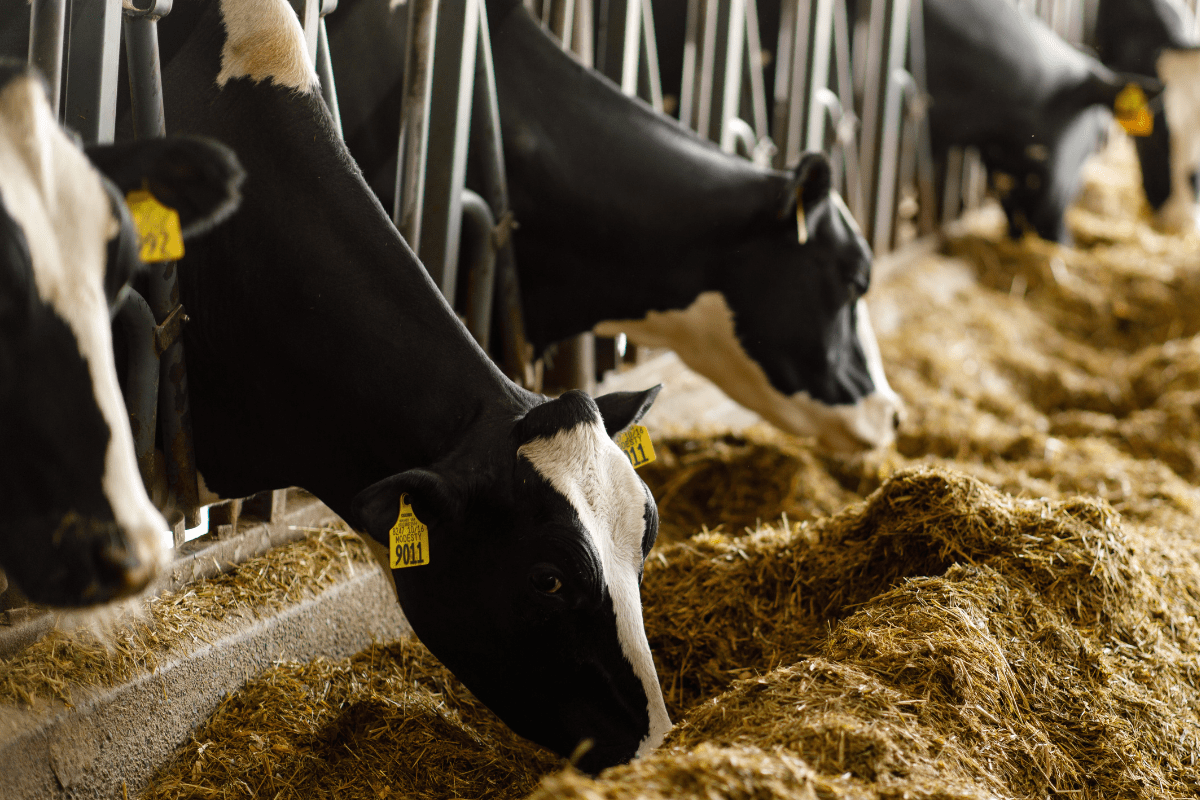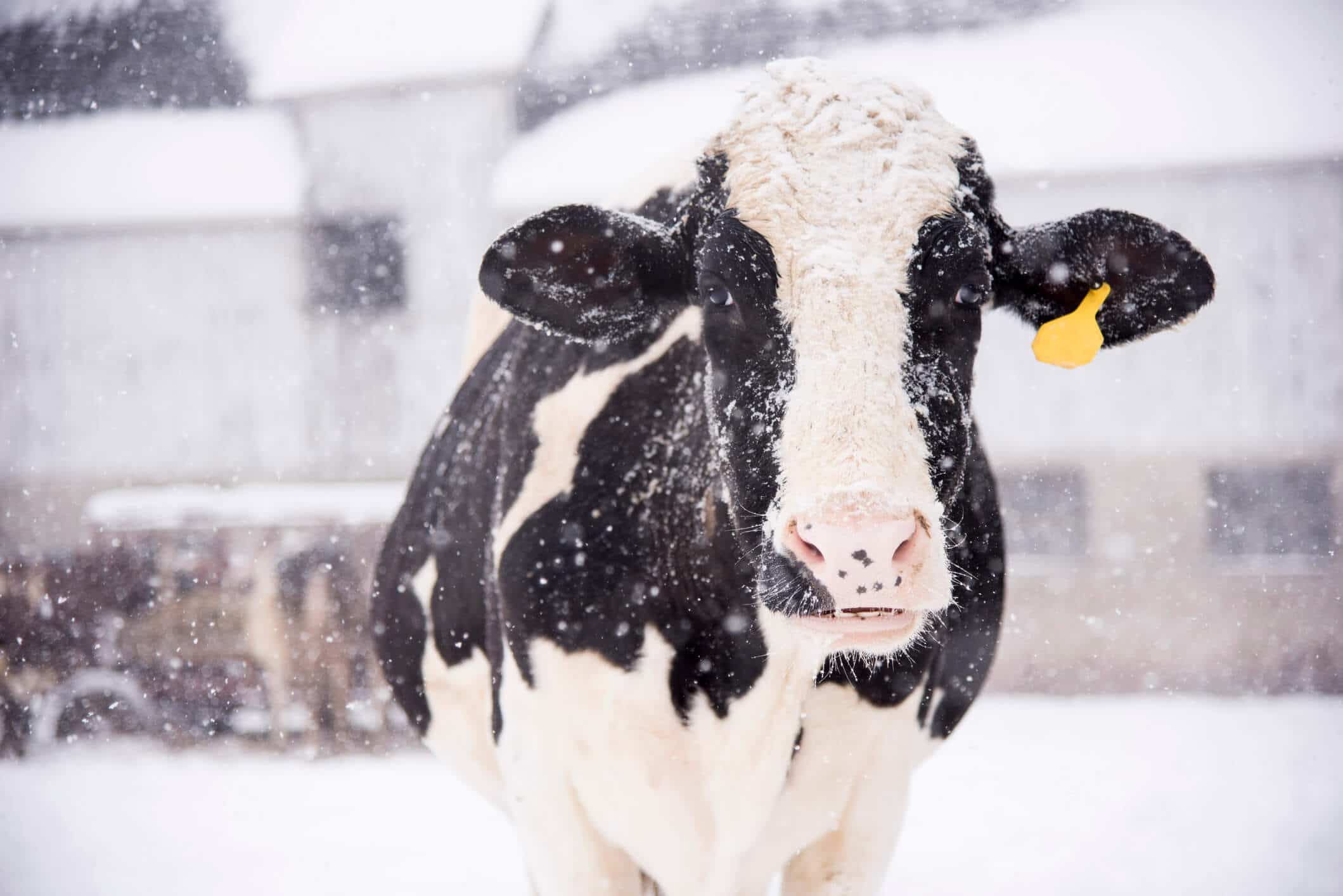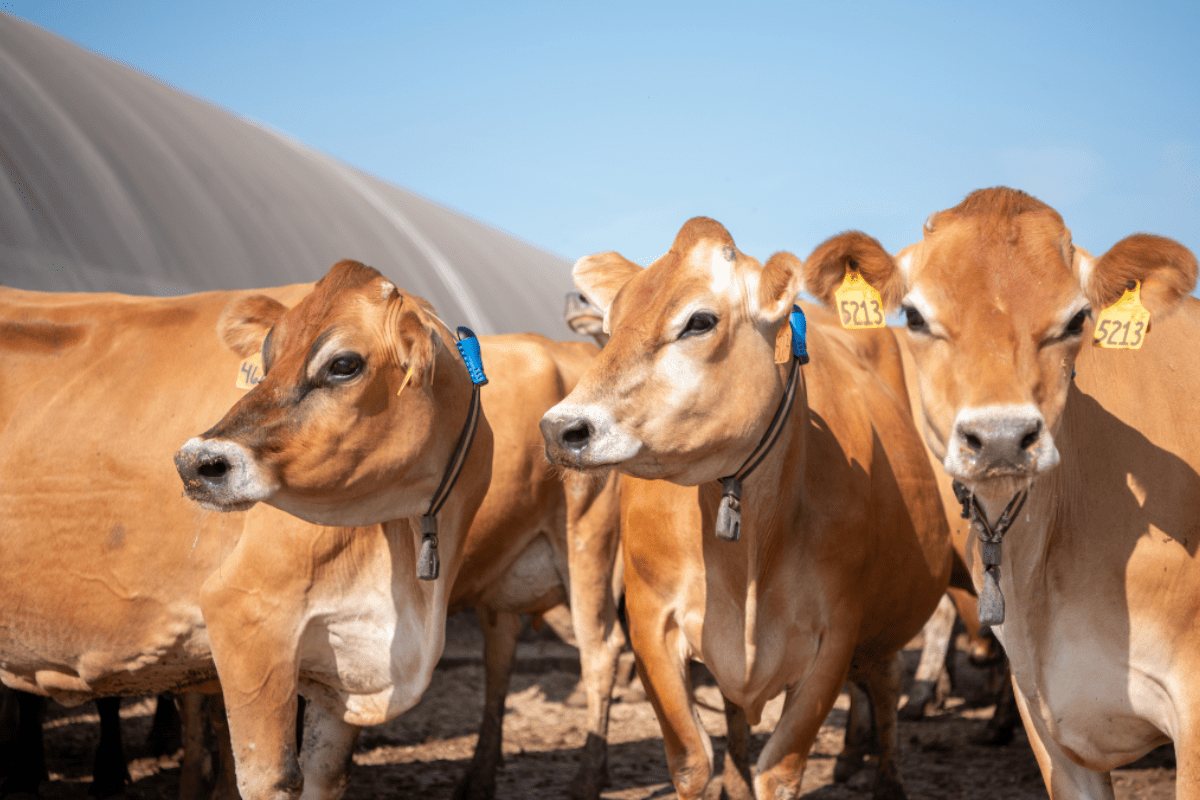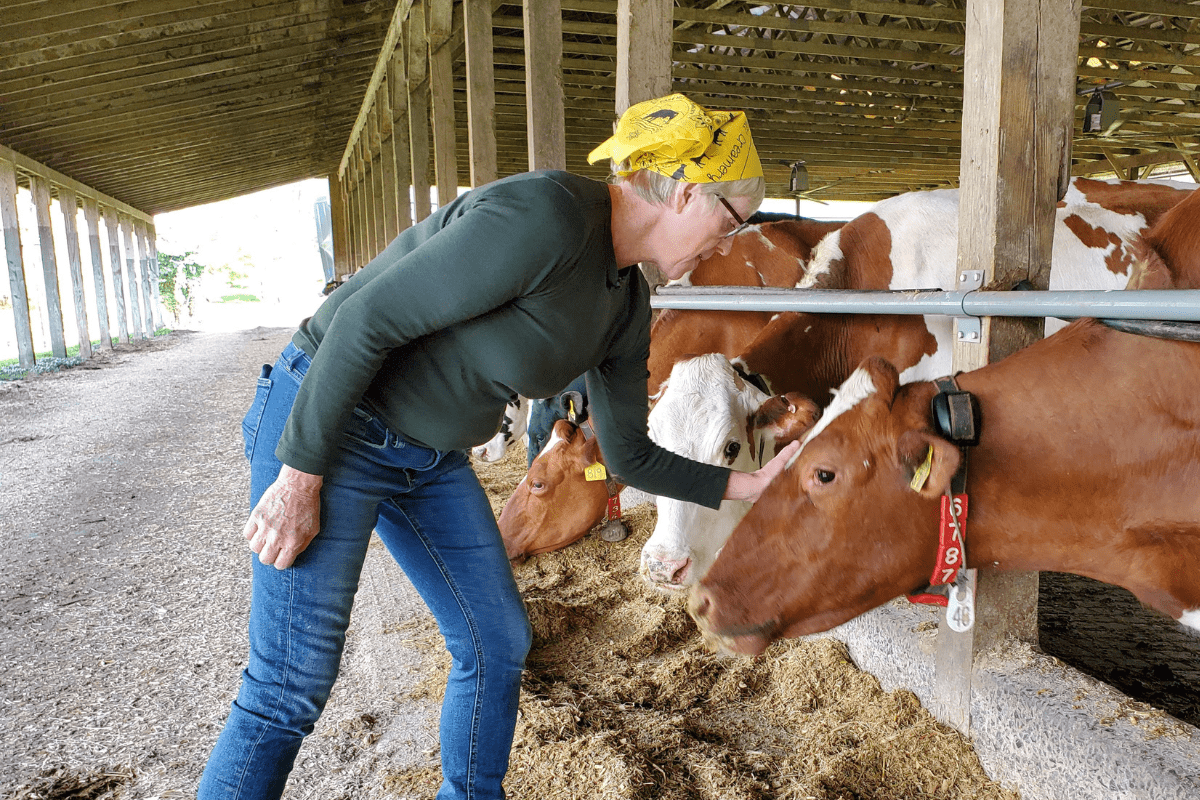Are cows’ noses soft? What do their ears feel like? What do cows eat? How do you keep cows safe when it storms? Do cows need to have a calf before they go into a milking herd? How many types of dairy cows are there? What is the “why” for choosing dairy as your career?
Answering children’s questions about dairy farming is important to “Farmer Alice.” For Alice Crothers, it’s a way to share her love of dairy and farming with the next generation. Crothers hosted an on-farm live video chat from Long Green Farms in Rising Sun, Maryland, with 2,100 students from 75 classrooms. The students were checking in on their “adopted” calves as part of the Adopt A Cow program, through the Center for Dairy Excellence with support from American Dairy Association North East.
The Adopt A Cow program is a unique opportunity for families, public and private schools to adopt a calf from the farm. Throughout the school year, students learn about how Farmer Alice cares for the adopted calves, and about dairy farming in general. The dairy concepts from the farm are used in the classroom to teach math, reading and science.
“It’s a great opportunity to share dairy farming with kids, their families and teachers,” says Alice. “I’m a mom and I wanted to work with kids. I want them to know where their food comes from, who is growing and producing it and how it is produced and grown. I also want children to see the opportunities in agriculture for the future.”
Farmer Alice shows students the animals that the classrooms have been tracking, now 8-months old, who reside in the calf barn: Kate, a 395-pound, 40-inches tall brown-colored Jersey calf; and, a pink-nosed 550-pound Sally and a 530-pound Otis, each 48-inches tall with the iconic Holstein black-and-white color markings.
Touching the calves’ noses and ears, Farmer Alice tells the students, “Their noses are soft and moist, just like a dog. Their ears feel soft, fuzzy and furry.”
In the calf barn, the calves are separated by age group, like classrooms. As the calves grow up, they move up to different pens with their “classmates”. The calves are seen socializing and playing, resting on their beds of sawdust, and drinking and eating feed. Farmer Alice explains that an animal nutritionist creates a balanced diet for the calves and cows. The diet is specifically designed for the animals at Long Green Farms, using crops grown on 425 of the farm’s 600 acres, to make a total mixed ration, which is like a tossed salad for cows. The Crothers also work with an agronomist, a scientist who specializes in the study and care of crops.
“We grow corn, soybeans, grass hay, rye, and triticale. The corn is the sweet stuff our cows really like. When you smell the total mixed ration, you can smell the sweetness of the corn and that’s what they’re drawn to,” Alice says.
When the calves reach about 18 months, Farmer Alice explains they will graduate and be moved to new living quarters on the farm, called the dry cow barn, built especially designed for pregnant cows. After they have their first calf, the cow is moved into the milking barn and becomes part of the Crothers’ 140 milking herd comprised of Jerseys and Holsteins.
In the milking barn, each cow has its own stall to lie down. Their bedding is made of sand. As always, the cows have access to fresh food and water 24 hours a day. Farmer Alice tells the students that most of a cow’s life consists of eating, drinking, resting, relaxing and sleeping, but they’re also milked twice a day. Milking takes about 8 minutes per cow. “So if you think about a cow’s work life, they work about 16 minutes a day,” Alice says. “When it’s time to milk, they all line up and sometimes there’s some pushing and shoving in line because the cows are eager to get into the milking parlor.”
And when the temperatures climb, the cows cool off with sprinklers, misters and fans. “They have a pretty relaxing life,” Alice says. Adjustable curtains alongside the barn are raised to allow in sunshine or a cool breeze or are lowered to protect the animals from heavy rains or blinding blizzards, and bitter cold. Each animal has a roofed structure for them to stay in, Farmer Alice says.
Farmer Alice’s primary job on the farm is taking care of the calves, from the day they are born until they’re about 8 weeks old. Her husband, Caleb Crothers, cares for the older cows. The Crothers work with a veterinarian who monitors the health of the herd, making sure the calves grow up to become healthy cows and that the cows stay healthy.
When Alice is asked if she has a favorite cow, she tells the students that it’s hard to pick one. “I get very attached to a lot of the calves because that’s my main job. I do enjoy learning about the different personalities of the cows, and you learn that by spending time with them,” she says.
“Our ‘why’ for choosing a career in dairy farming is easy,” Alice says. “My husband is the eighth generation of the Crothers family to farm the same piece of ground continuously as a dairy since 1759. Our ‘why’ is to carry it to the ninth generation.” The Crothers say one of their core values stems around milk, “We strongly believe we produce a very nutritious, complete product and we’re proud to produce milk and have milk available for the rest of the world.”
Long Green Farms sends their milk to Land O’Lakes in Carlisle, Pennsylvania.
You can watch the Adopt A Cow Live Chat with Farmer Alice on YouTube. And don’t miss out! Adopt A Cow registration is open for the 2023-24 school year! You can register here through our website

